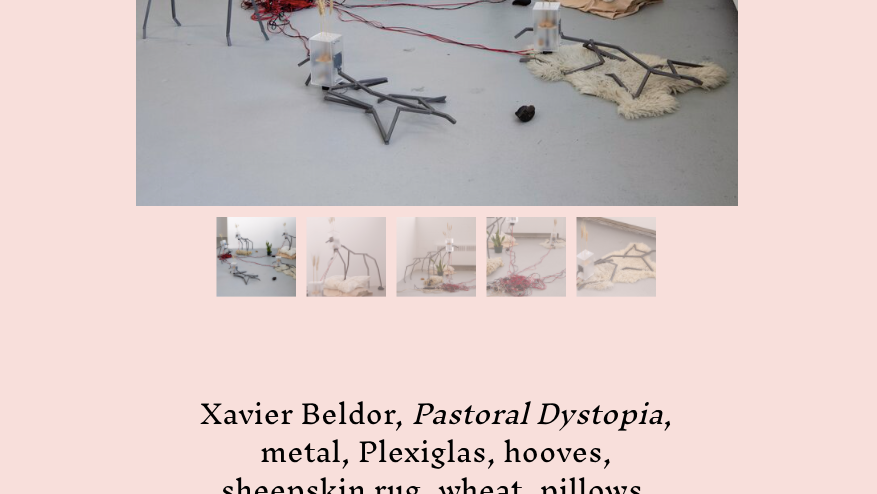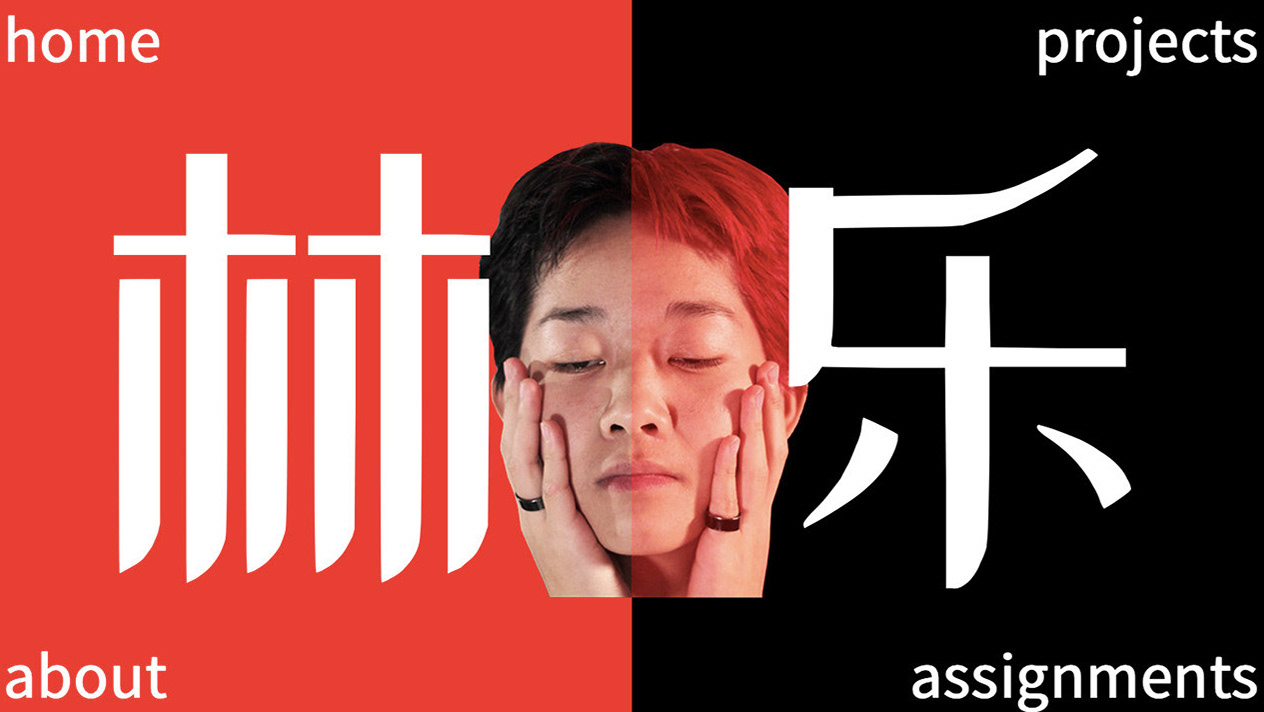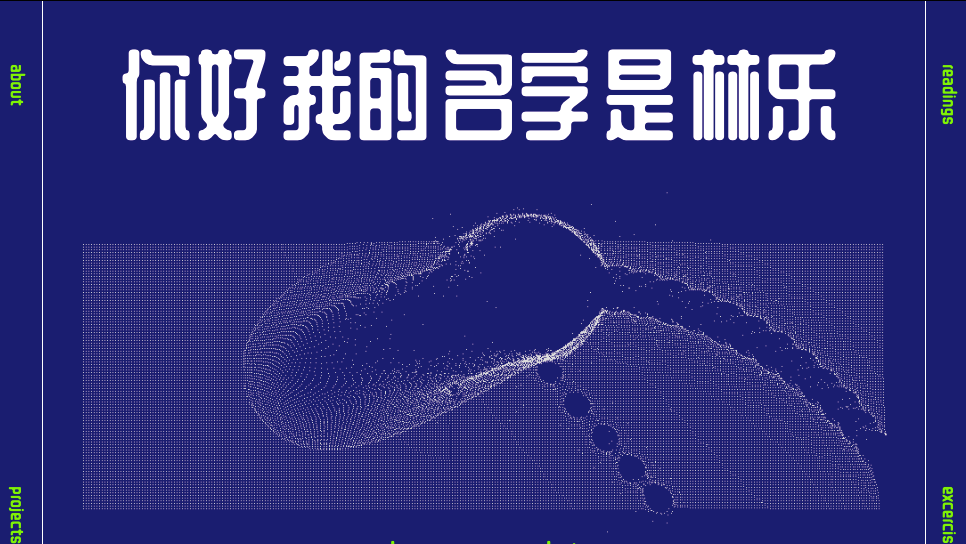Splash page prompts you to comply to the simple question: "Do you consent to being surveilled?"
Side navigation bar is accessed by a hamburger icon. You have to hover over the dots to access other hidden pages of the website.
When you click 'I guess...', your webcam turns on and surveillance cameras appear every 10 seconds that your mouse is idle.
Hidden paragraphs of text that are accessed on hover with CSS glitch animation.
A whack-a-security-camera game that you play under a timer and no matter how high you score, the result is the always the same: you can't escape!
A page where you have to search for hidden text buttons.
A face comparison slider between a pixelated President Xi and Winnie the Pooh.
These acts obstructing and thwarting mass surveillance in China incite us to question the place of social relations in the prevailing discourses surrounding biometric technologies. Do anti-surveillance tactics have the power to denaturalize the discriminatory orders imposed by state-corporate apparatuses? Do they force the recognition of people as possessing legitimate autonomy and agency? Do they have the capacity and valence to transform systems of oppression? What, exactly, do anti-surveillance tactics perform in our neo-colonial, bio-political age?
I would like to consider, in particular, the actual and potential use of masks as tools of resistance, examining examples of their current tactical use, and proposing their meaning in the context of Hong Kong’s protests.







